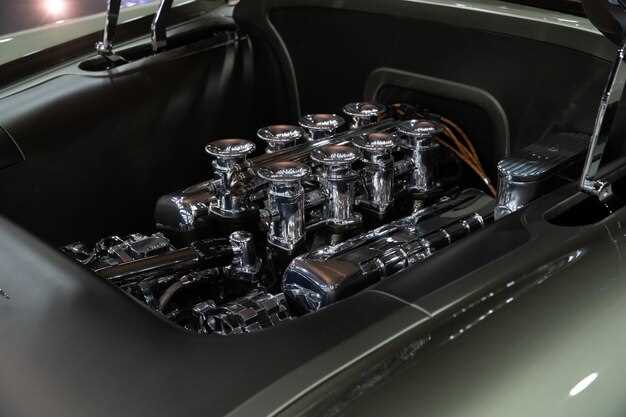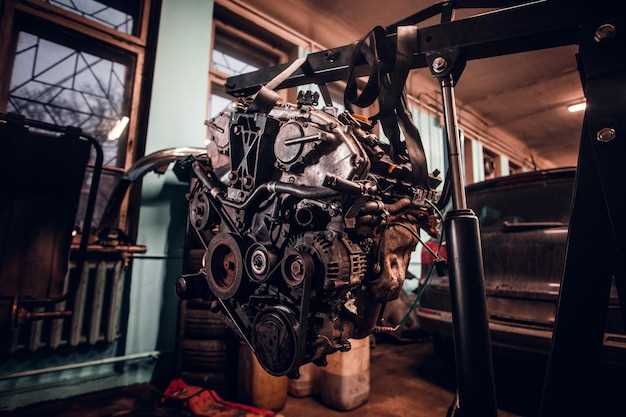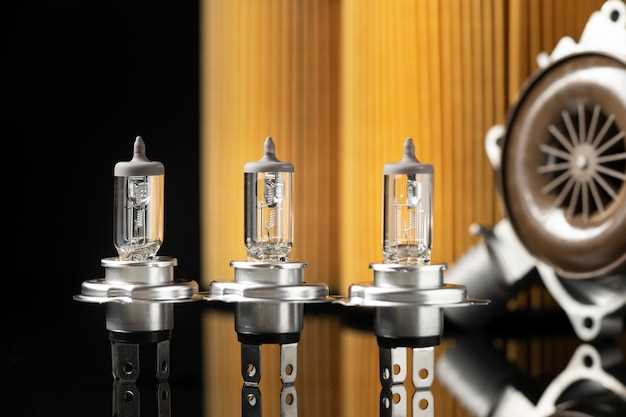
Tuning the carburetors of your Porsche is a critical step in unlocking the full potential of your engine’s horsepower. With the right adjustments, enthusiasts can significantly enhance throttle response, fuel efficiency, and overall performance. This process requires a keen understanding of the intricacies of carburetor operation, as well as the specific needs of your Porsche model.
To achieve optimal results, meticulous tuning is essential. Every adjustment you make can have a profound impact on how your engine performs. From fine-tuning the air-fuel mixture to adjusting the idle speed, each component plays a vital role in maximizing horsepower. Understanding how these elements interact will not only improve performance but also ensure the longevity of your engine.
In this article, we will delve into the fundamental principles of carburetor tuning, examining the best practices and techniques to achieve peak performance. Whether you are preparing for a race or simply seeking to enhance your driving experience, mastering the art of carburetor tuning will provide significant benefits and elevate your Porsche’s capabilities to new heights.
Adjusting Air-Fuel Mixture for Optimal Combustion
The air-fuel mixture is crucial for maximizing engine performance when tuning Porsche carburetors. An optimal balance between air and fuel ensures efficient combustion, translating to increased horsepower and torque.
To achieve this balance, begin by assessing the current mixture ratio. This can be done through inspection of spark plugs, which should exhibit a light brown or tan color if the mixture is correct. If the plugs appear too dark, the mixture is likely too rich; if they are white, the mixture is too lean.
Next, adjustments can be made using the main and idle jets of the carburetor. Increasing the size of the jets allows more fuel into the engine, ideal for richening the mixture. Conversely, reducing jet sizes can help lean out the mixture for better efficiency at high RPMs. Always ensure changes are made incrementally and test the engine after each adjustment.
Additionally, the float height and needle position greatly influence the air-fuel mixture. Properly setting the float height ensures an adequate fuel level in the bowl, promoting consistent delivery to the engine. Adjustments to the needle position can provide finer control over the fuel delivery across various RPM ranges.
Lastly, consider using a wideband O2 sensor to monitor exhaust gases in real-time. This tool allows for precise adjustments to the air-fuel mixture, ensuring optimal combustion across different driving conditions. Always prioritize safety and environmental standards while tuning your carb setup for maximum performance.
Choosing the Right Carburetor Size for Increased Horsepower

Selecting the correct carburetor size is crucial for maximizing horsepower in a Porsche engine. An appropriately sized carb ensures optimal air-fuel mixture delivery, promoting efficient combustion and enhancing performance.
The size of the carburetor is typically measured in cubic inches or CFM (cubic feet per minute). A general rule of thumb is that the carburetor should provide about 1 CFM for every 10 horsepower that the engine produces. For example, a 200 horsepower engine would ideally require a carburetor rated around 200 CFM. However, this is a baseline; specific applications might necessitate further tuning.
Big displacement engines or those with extensive modifications often benefit from larger carbs, allowing for increased airflow to support additional power. Conversely, oversizing a carburetor can lead to poor throttle response and difficulty tuning, as excessive fuel may not vaporize efficiently during low RPM situations.
When choosing the right carburetor size, consider engine RPM range and intended use. High-performance and racing applications typically favor larger carbs, providing the necessary volume of air and fuel at elevated RPMs. In contrast, street-driven vehicles might thrive with moderate sizes, striking a balance between performance and drivability.
Moreover, it’s important to account for the type of carburetor design. Dual or multiple carb setups can help achieve increased horsepower, distributing intake airflow more evenly and enhancing acceleration. Each carb’s size and tuning also must be synchronized for optimal performance.
Finally, after determining the proper carburetor size, spend time on tuning. Adjust jetting, fine-tune the idle mixture, and check for any vacuum leaks. Each of these practices will help maximize the potential power output your chosen carburetor can deliver.
Fine-Tuning Ignition Timing for Enhanced Throttle Response

When it comes to optimizing a Porsche’s performance, the synergy between carb tuning and ignition timing is crucial. Ignition timing significantly influences throttle response, which is vital for drivers seeking to maximize their vehicle’s potential.
Understanding Ignition Timing
Ignition timing refers to the precise moment when the spark plug ignites the air-fuel mixture in the combustion chamber. The objective is to achieve optimal timing that enhances engine efficiency and power output. If the timing is too early or too late, it can lead to suboptimal combustion, causing a loss of performance.
Balancing Ignition with Carb Tuning
To achieve enhanced throttle response, it is essential to harmonize ignition timing with the carburetor’s settings. Proper carb tuning ensures that the engine receives the right air-fuel ratio, while fine-tuning ignition timing allows for the most efficient combustion of that mixture. This integration results in a more immediate throttle response, providing a more engaging driving experience.
Steps for Fine-Tuning Ignition Timing
- Start with the Manufacturer’s Specifications: Refer to the factory settings for ignition timing specific to your Porsche model. This serves as a baseline for adjustments.
- Incremental Adjustments: Make small changes to the ignition timing, testing each adjustment for improvements in throttle response and engine behavior.
- Monitor Engine Performance: Use a timing light to assess changes. Pay attention to power delivery and responsiveness during acceleration.
- Optimize for Your Driving Style: Fine-tune based on personal preferences; some drivers may prefer quicker throttle response, while others might prioritize smoothness.
Conclusion
Incorporating precise ignition timing adjustments alongside effective carb tuning techniques can unlock hidden performance capabilities in your Porsche. A well-timed ignition not only maximizes engine output but also creates a more exhilarating driving experience, characterized by improved throttle response.
 Skip to content
Skip to content





